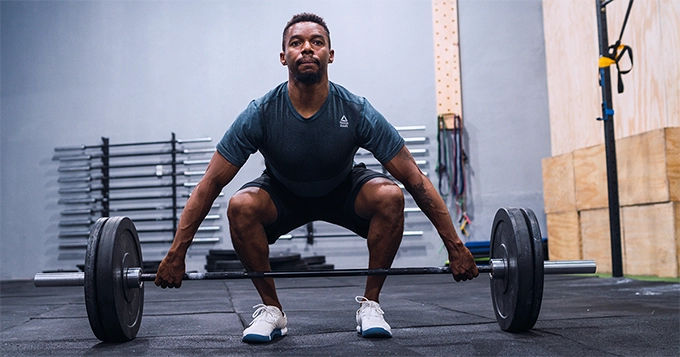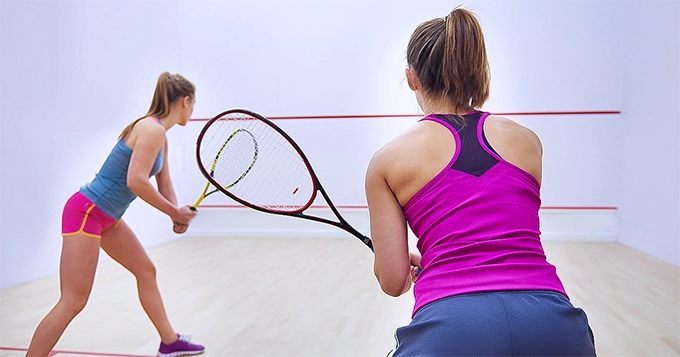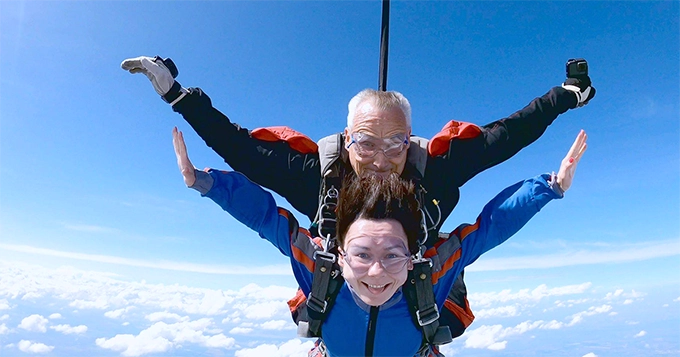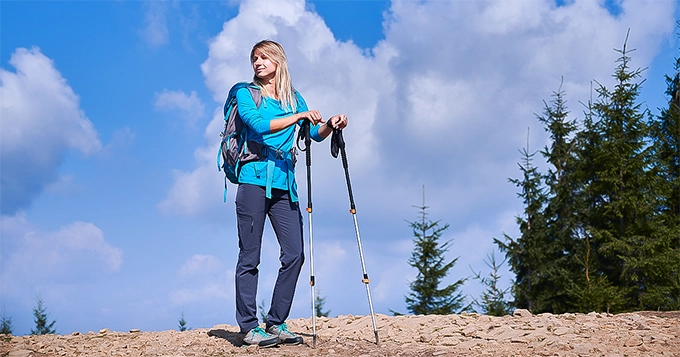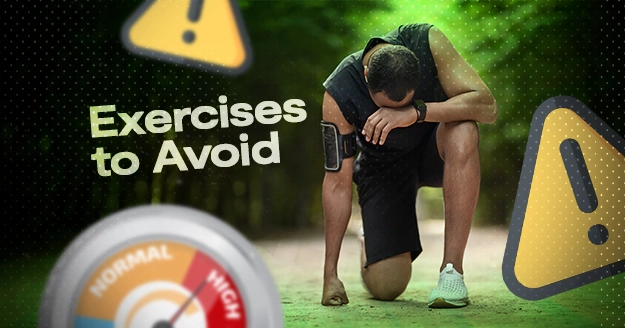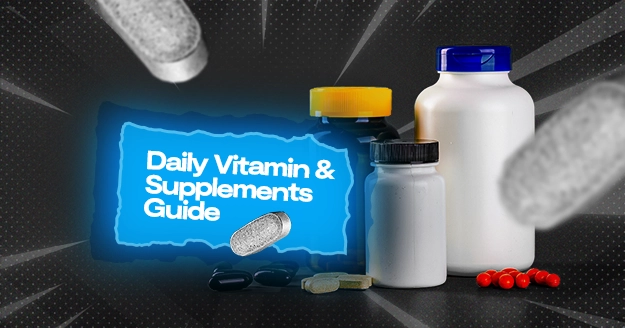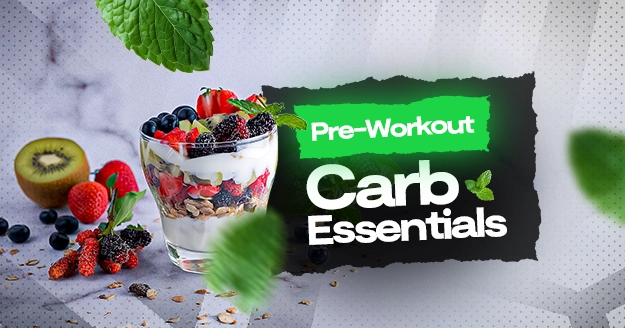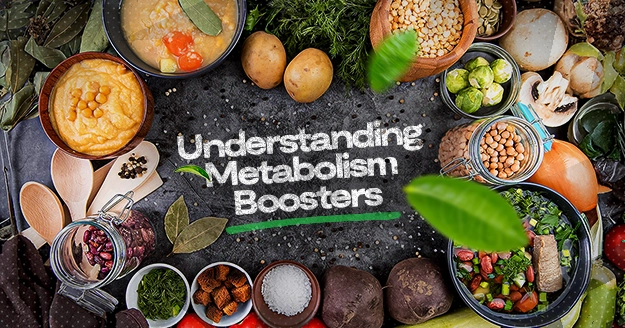What is high blood pressure?
High blood pressure or hypertension is a condition that affects the body’s arteries. If you have high blood pressure, your blood continually exerts too much stress against the arterial walls. To pump blood, the heart has to work harder.
Four major categories are used by the American Heart Association and the American College of Cardiology to categorize blood pressure.
Normal/ideal blood pressure. Blood pressure is 120/80 mm Hg or lower.
Elevated blood pressure. The top number ranges between 120 and 129 mm Hg, and the bottom number is below 80 mm Hg.
Stage 1 hypertension. The top number ranges from 130-139 mm Hg, and the bottom number is between 80 and 89 mm Hg.
Stage 2 hypertension. The top number is 140 mm Hg or even higher, and the bottom is 90 mm Hg or higher.
A hypertensive emergency or crisis is defined as having a blood pressure reading greater than 180/120 mm Hg. Get emergency medical treatment if you or another person you know has these blood pressure readings.
Hypertension can:
- Raise your risk of stroke
- Raise your risk of heart failure
- Cause chest pain
- Cause kidney damage
- Cause vision problems.
- Cause sexual dysfunction.
- Raise your risk of peripheral artery disease or PAD
- Cause lightheadedness and/or headaches
- Make you experience shortness of breath
- Induce feelings of anxiety or that something is not right
Both prescription drugs and lifestyle modifications, including increasing your regular exercise, can aid in lowering blood pressure naturally. Even so, not all forms of exercise are suitable for those with high blood pressure.
Here are high blood pressure exercises to avoid:
Weight lifting. The Valsalva maneuver, which happens when you strain and hold your breath, can also be brought on by weightlifting. This maneuver creates spikes in blood pressure, which could be a problem for people who already have hypertension.
Sprinting. Sprinting can cause sudden spikes in your blood pressure. Blood flow through arteries is not regular and smooth due to the significant damage that high blood pressure causes to the artery walls. The blood flow in arteries can be further interrupted when engaging in a physically demanding exercise like sprinting, where excessive activity occurs very quickly, and this can result in a heart attack or stroke.
Squash. One of the top 5 exercises to avoid with hypertension is squash. This is a demanding workout that calls for running and rapid movements. Exercises like this can quickly raise your blood pressure and increase your chances of having a heart attack if you already have hypertension. According to one study, squash can increase the risk of arterial rupture.
Scuba diving. Scuba diving is one of the activities to avoid with high blood pressure. You have a higher chance of experiencing a spike in blood pressure while diving if you already have hypertension. It can raise the chance of suffering a heart attack or stroke, both of which can be fatal when you are underwater.
Skydiving. Skydiving is an extreme activity. Due to the high levels of adrenaline before and during your jump, skydiving can cause a sudden increase in blood pressure. Hypertension can interfere with pre-flight anxiety and changes in your oxygen during skydiving.
You can prevent worsening hypertension (you can even lower your blood pressure) in many ways.
We have established that there are high blood pressure exercises to avoid. But that doesn’t mean that ALL exercises should be avoided. The right exercise can lower blood pressure by reducing the stiffness of blood vessels, which allows blood to flow more easily.
Here are exercises that don’t cause high blood pressure:
- Instead of sprinting, walk briskly or moderately for 10 minutes three times per day.
According to theories put up by health specialists, splitting up your workout into different sessions throughout the day can be the best approach to lowering high blood pressure. According to one study, three 10-minute walks throughout the day are more effective than one 30-minute walk in preventing future blood pressure spikes.
- Hiking.
You might have encountered this question before, “Which do you prefer: Sea or Mountains?” Well, if you have hypertension, hiking is better than scuba diving. Scuba diving creates a spike in blood pressure. On the other hand, hiking can drop blood pressure by up to 10 points. You can improve your fitness level by using the physical power required to climb a hill, a mountain, or a road with an incline.
- Desk treadmilling or pedal pushing
In a study, participants’ blood pressure readings improved when they pedaled stationary bikes under desks or walked slowly on desk-based treadmills for at least 10 minutes every hour.
Aside from engaging in proper exercises, what you eat can also affect your blood pressure.
The best food for high blood pressure is definitely not salty foods. It’s important to avoid salty foods because the sodium in them can cause a spike in blood pressure.
Foods that can naturally lower high blood pressure include pomegranates, berries, dark chocolate, bananas, watermelon, beets, kiwis, and oats.

